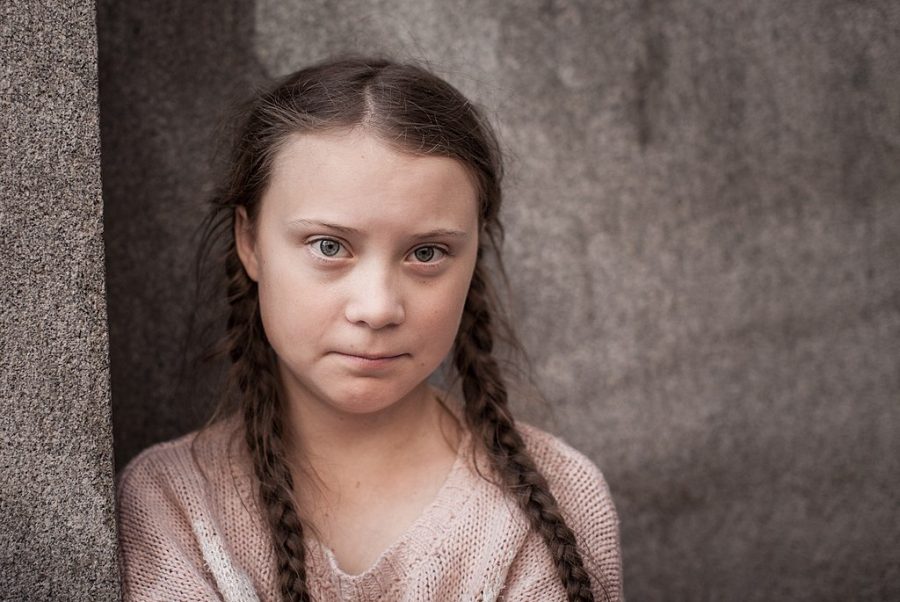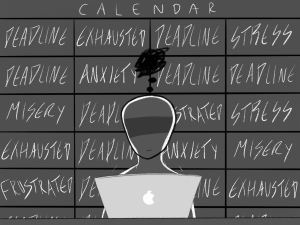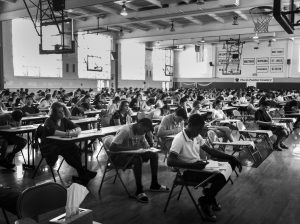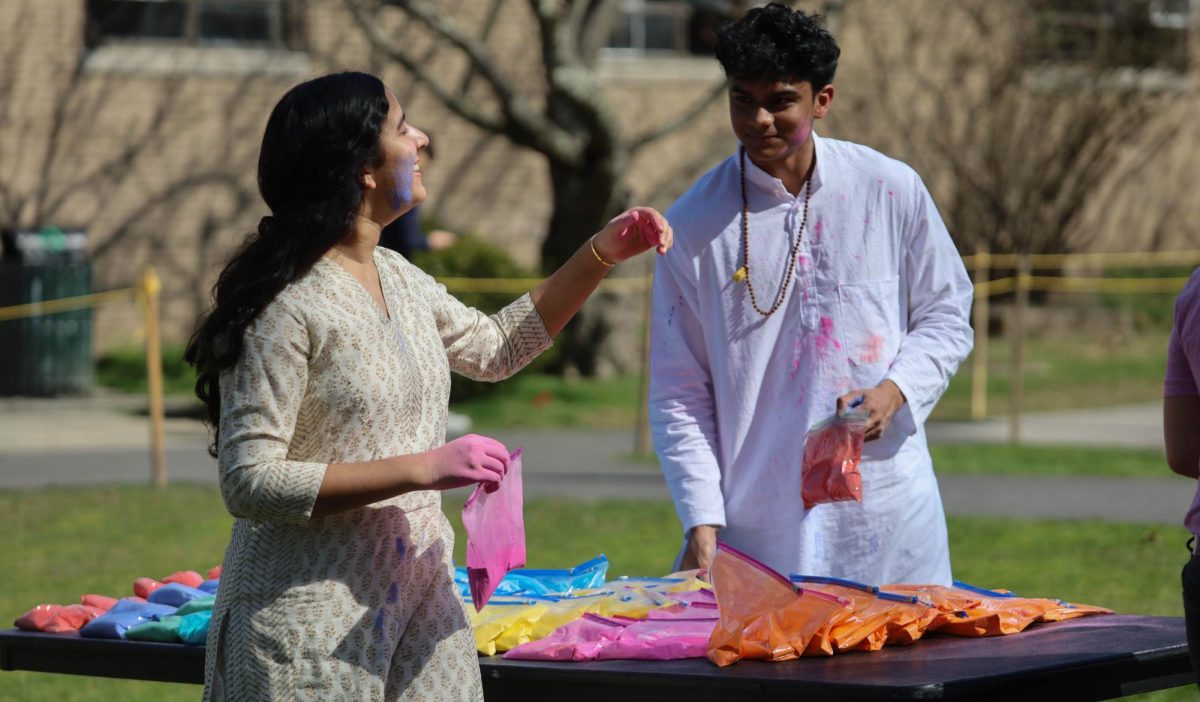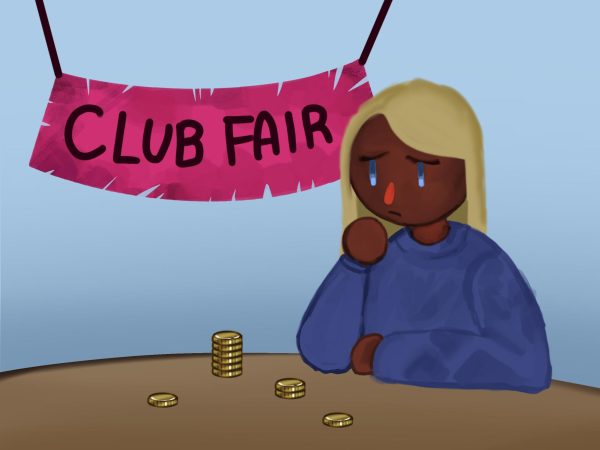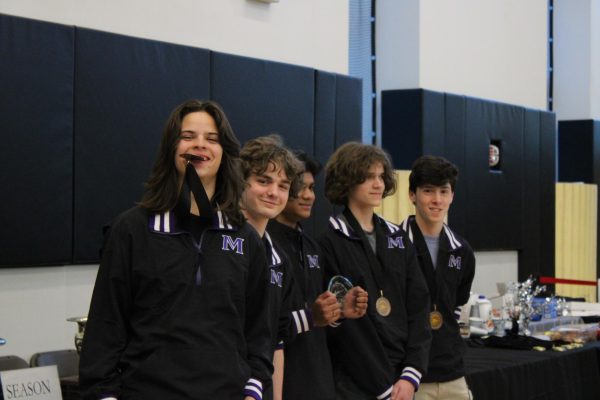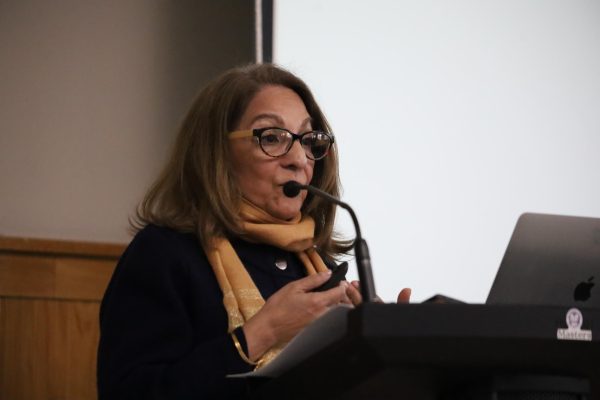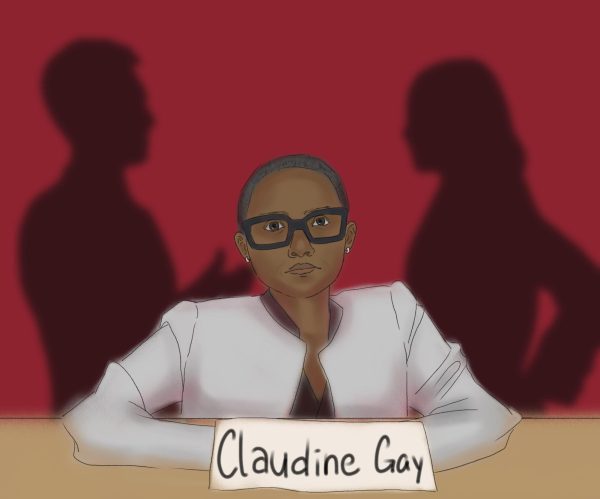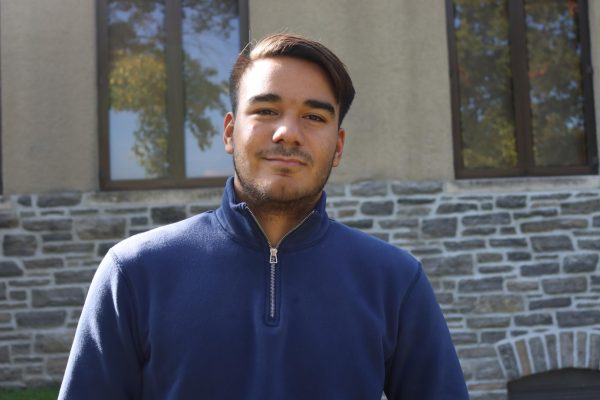Greta Thunberg: How a teenager changed the climate debate
Greta Thunberg
March 31, 2019
August 20th 2018 was a pivotal day in Greta Thunberg’s life. On that date, she started a movement that would soon spread all across the world. What she did was simple. She skipped school and instead protested in front of the Swedish Parliament in Stockholm, having only one goal in mind: getting politicians to act on climate change. Greta ended up striking every day for three weeks, until the Swedish general election on September 9th. She continued to strike every Friday. Soon, her behavior gained attention from the media, politicians and the public, giving her the opportunity to speak at the United Nations Climate Change Conference in December and the World Economic Forum in Davos in January. There, she did not shy back from speaking her mind and reminding leaders that they have to act.
Throughout the las six months Greta has gained prominence, and she has used it to create a movement that has only been growing. Her actions inspired students from all over the world to go out and strike or protest showing their concerns about the future. In November, thousands of students in Australia started school strikes on Fridays, following Greta’s example. In December, students in other countries, such as Germany or Japan, followed. Now, the movement called “Fridays for future” attracts more and more students every week and is present on almost every continent.
But there has also been backlash from various politicians. Two of them, namely the Australian Prime Minister Scott Morrison and German Minister President of North Rhein-Westphalia Armin Laschet, criticize the timing of the strikes, as they occur during school time.
Despite the criticism, Greta has remained undisturbed, responding to it with a simple question in one of her speeches:
“Why should I be studying for a future that soon may be no more, when no one is doing anything to save that future?”




